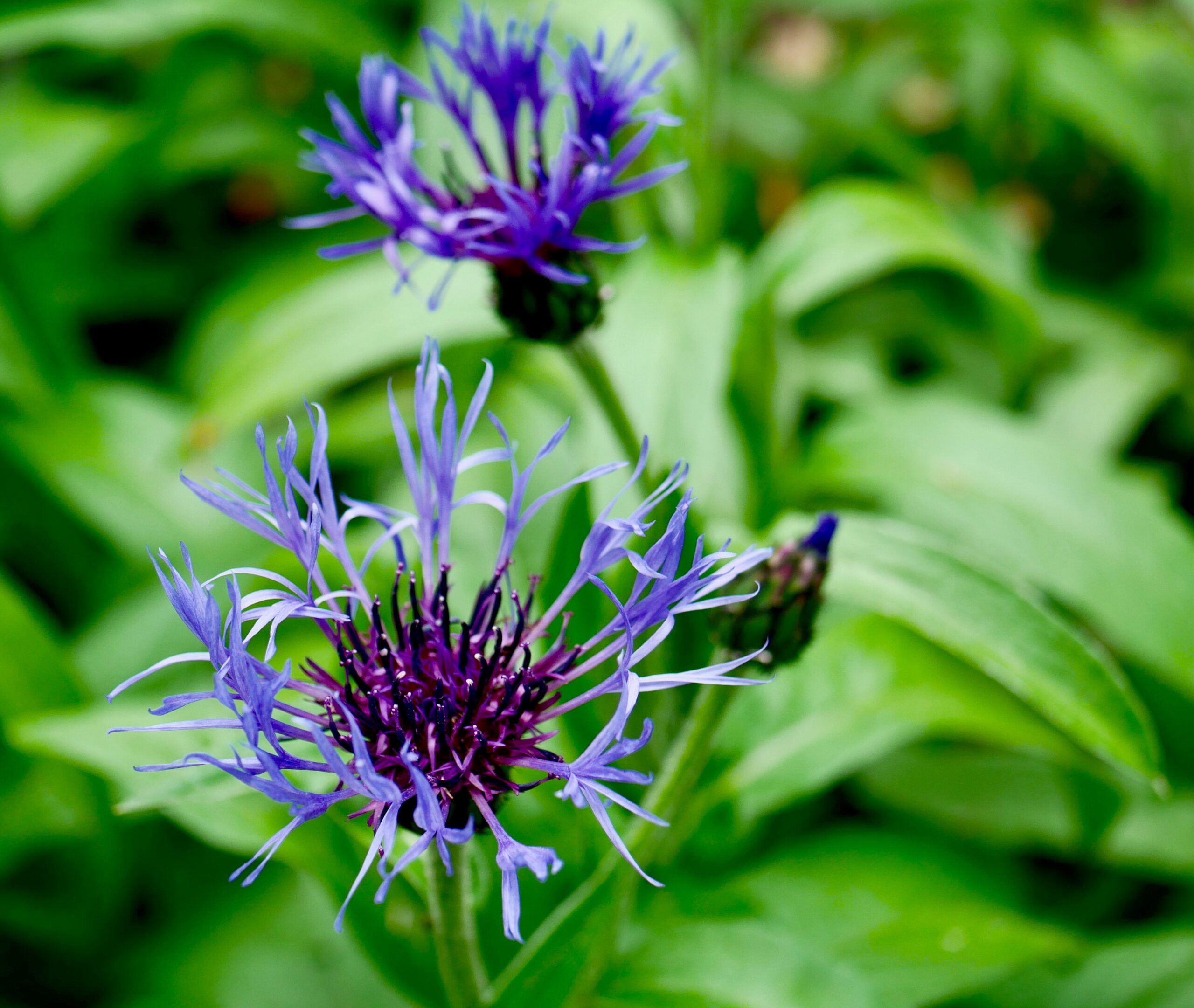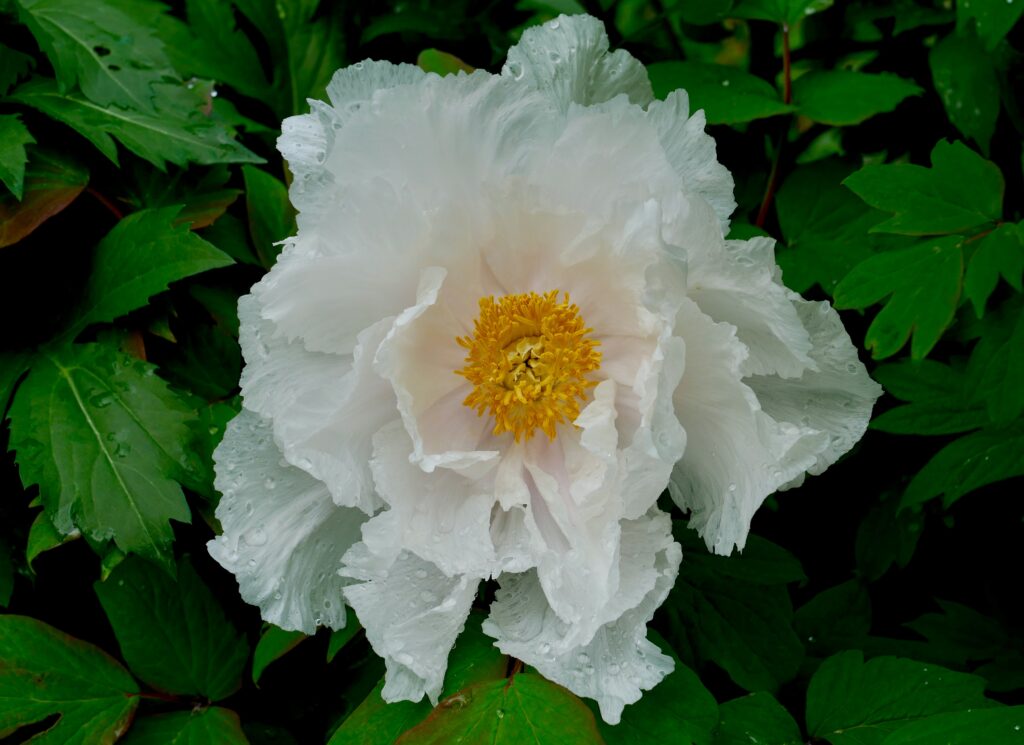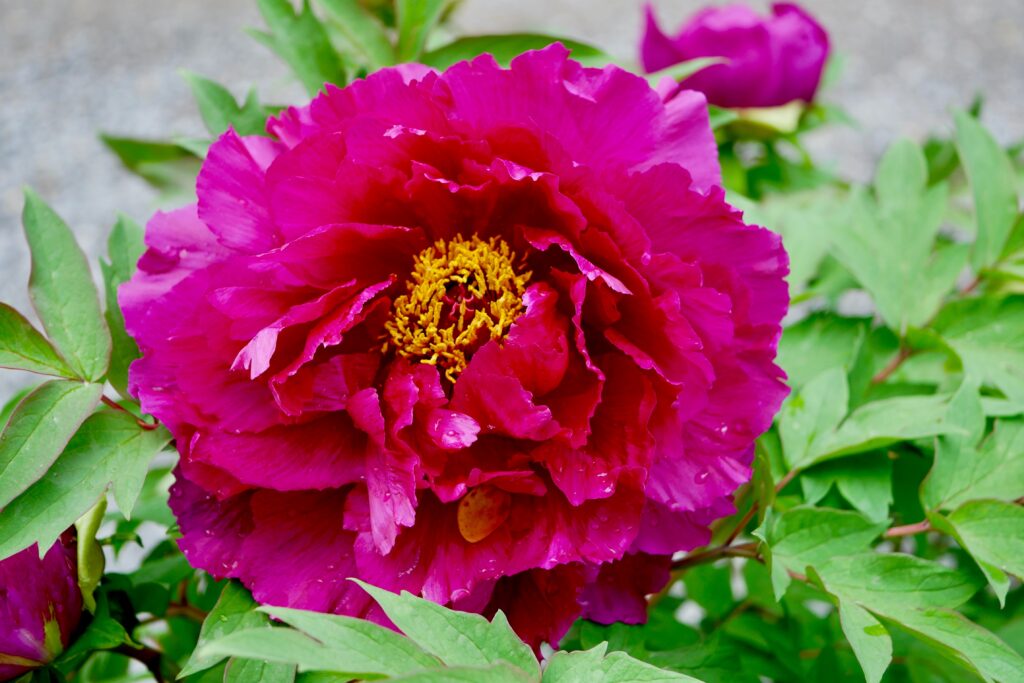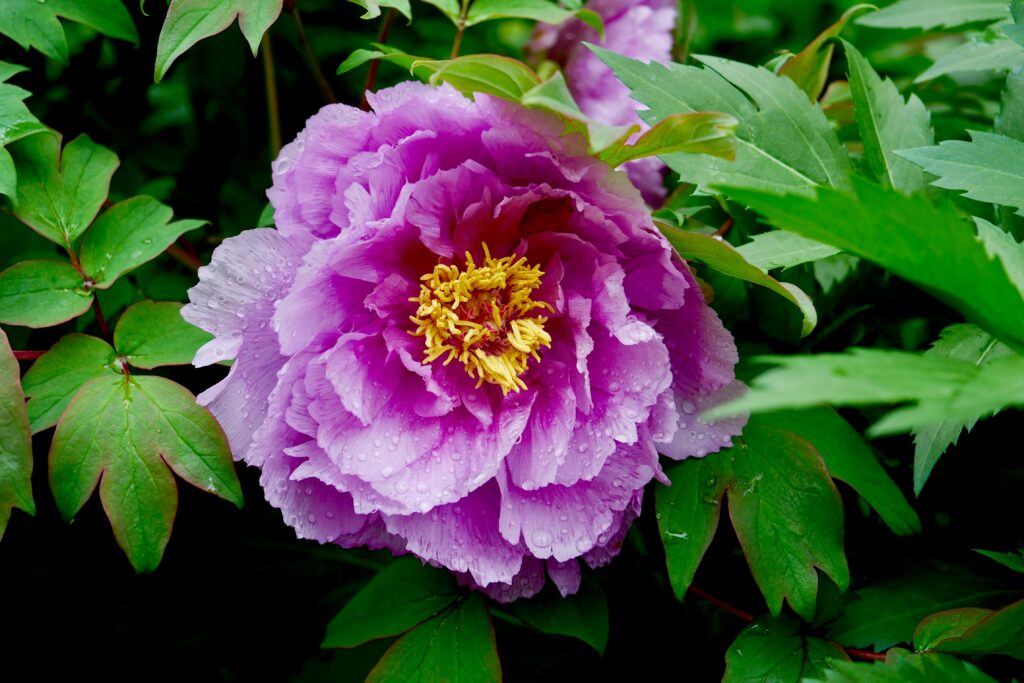By David P. Davis
Newsroom@DominionPost.com
Last week, we took a stroll through the garden to see what was blooming in some select areas. This week, we focus on what greets you as you arrive.
In the lower parking lot at the West Virginia Botanic Garden, you park along a wall planted with sedum, hens and chicks, prickly pear cactus, mountain pink, dianthus, and daylilies. This wall is easy to overlook as you get out of your car, but the founders of the WVBG did a great job turning a hot, dry, rock wall into something special. The combination of spring flowers and succulents is a great example of what you can do if you have a similarly sunny and arid location.
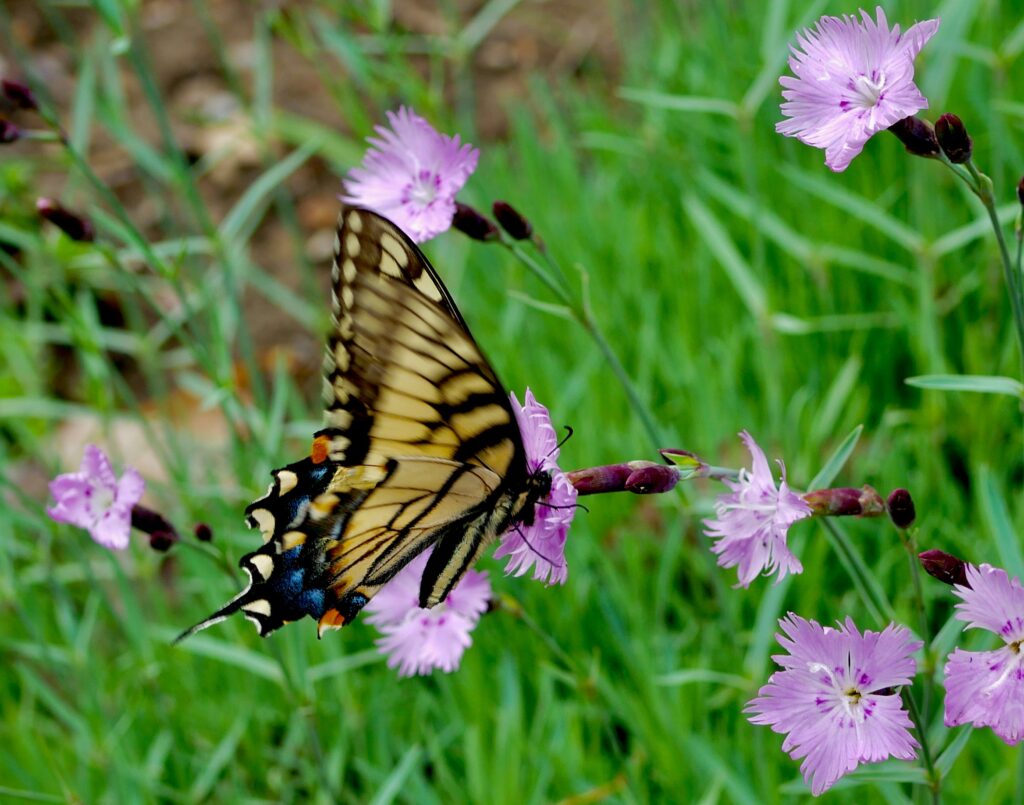
Right now, the mountain pink (Zeltnera beyrichii) and the dianthus (also called “pinks”) are in bloom and blanket the wall with color. Both are clump-forming herbaceous perennials that expand and spread well on hot, dry banks.
Directly opposite the wall, along the walkway into the garden are three tree peony (hybrid Paeoniax suffruticosa), one white, one magenta and one lavender. Each tree peony bloom can be six to eight inches wide and have numerous crepe-like petals surrounding yellow stamens and anthers. Tree peonies differ from other herbaceous peonies in that they are woody shrubs and that buds form on branches in the spring. They often flower a week or two before other types of peony and their blooms are short-lived, so head to the WVBG to see them now.
Another plant in bloom along this walkway is the columbine (Aquilegia spp). We have a variety of columbine at the WVBG, in shades of white, purple and pink, including some with hybrid double flowers. Columbine are scattered all around this area, and some clumps are rather large.
You can also find mountain bluet cornflowers (Centaurea montana) blooming in the bed near the host shelter. Mountain bluet is an herbaceous perennial in the aster family. These plants grow in clumps that are one to two feet wide, with silvery foliage and fringed blue flowers. They are a favorite of mine, as their flowers are rather striking, long-lived and deer tolerant.
You can see all these blooms and more within a few feet of where you park at WVBG. But if you can, walk a little longer to take in even more of nature during your next visit to the garden.
David P. Davis, Ph.D., gardener at the WVBG. For visiting information, maps, and more, visit WVBG.org.


